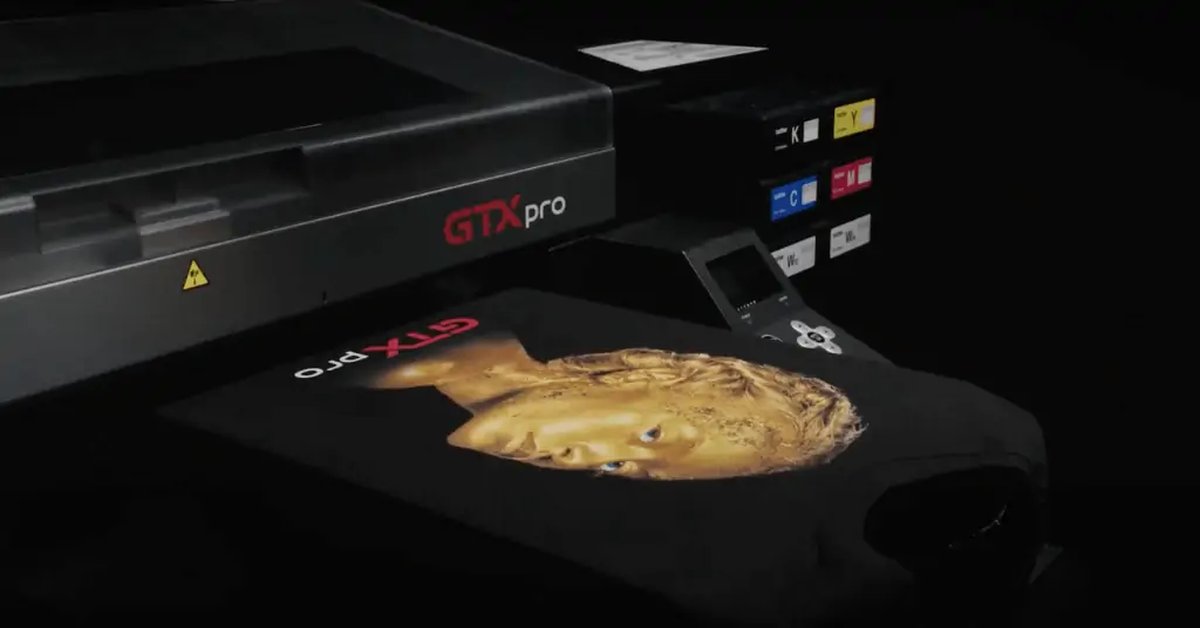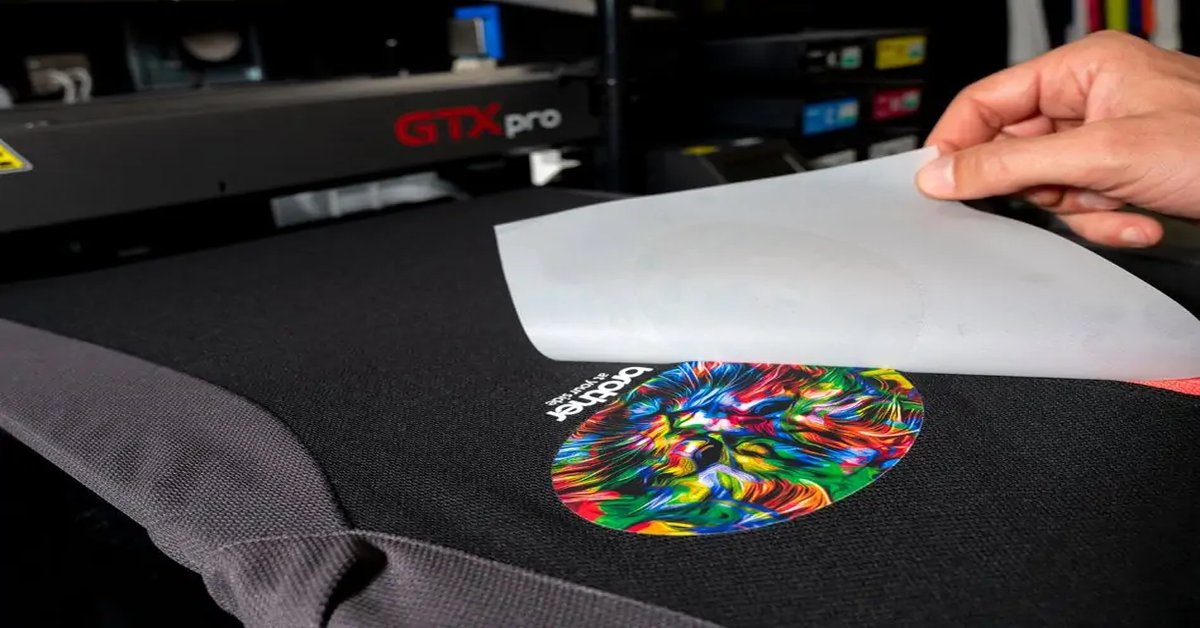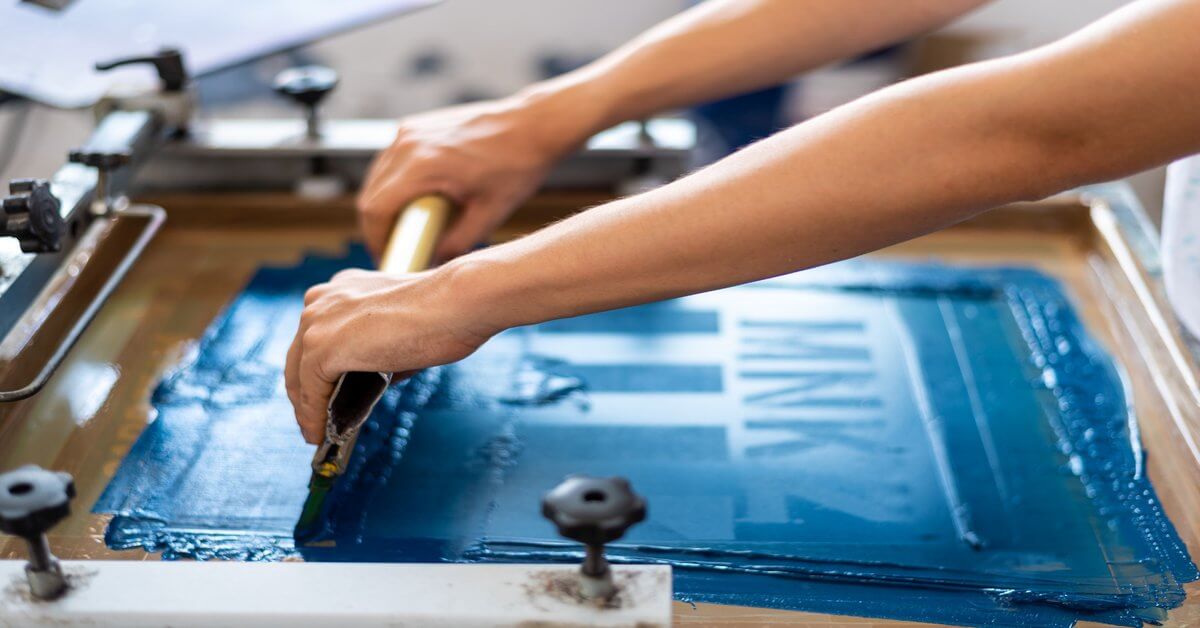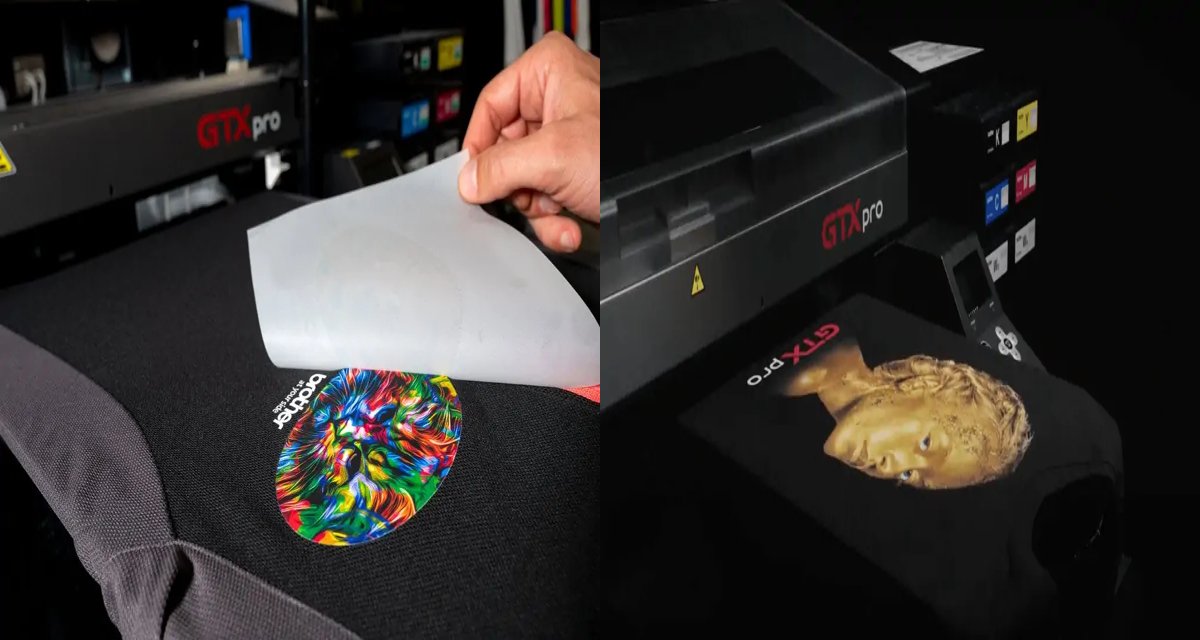Tu carrito está vacío
In order to provide you with a competitive quote, Please send us the following and we’ll get back to you as soon as we can:

Direct to garment printing (DTG) is a revolutionary method that has transformed the world of apparel customization. It's especially popular among businesses and DIY enthusiasts alike for its ability to print high-quality, full-color designs directly onto fabrics. This method eliminates many of the limitations of traditional screen printing and other fabric decoration techniques. In this comprehensive guide, we’ll explore everything you need to know about DTG printing, from the basics and its history to step-by-step processes, advantages, common challenges, and tips for success.
Direct to garment (DTG) printing is a process where designs are printed directly onto textiles, typically garments like t-shirts, hoodies, or tote bags, using specialized inkjet technology. Unlike traditional methods, such as screen printing, which requires the creation of stencils or screens, DTG uses digital files that are transferred directly onto the fabric.
DTG printing allows for vibrant, full-color designs with intricate details that may be difficult to achieve through other methods. It’s ideal for printing complex, multi-color artwork with no additional setup costs, which makes it accessible for smaller print runs and custom designs.
DTG printing relies on modified inkjet printers, specially designed for use with fabric, and water-based textile inks. Here’s a simplified overview of the process:
Step 1: Prepare the Design
The design is created or uploaded in a digital format, usually using graphic design software like Adobe Illustrator or Photoshop. The design is then adjusted and finalized for printing. DTG printers typically accept file formats such as PNG, TIFF, or high-resolution JPEGs to ensure the best print quality.
Step 2: Pre-Treatment of the Garment
Before printing, the garment is pre-treated with a special solution. This helps the ink adhere better to the fabric and results in more vibrant, long-lasting prints. The pre-treatment is particularly important when printing on dark garments, as it ensures the white ink (used as a base layer) sticks properly.
Step 3: Printing Process
Once pre-treated, the garment is loaded into the DTG printer. The printer’s inkjet technology sprays the ink directly onto the fabric, layer by layer. This allows the design to be printed in one seamless process, without the need for creating multiple screens or layers, as in screen printing.
Step 4: Curing the Ink
After the design is printed, the garment must be heat-cured to set the ink. This step ensures the ink bonds permanently to the fabric, preventing fading or washing out. Curing is usually done using a heat press or a conveyor dryer.
The concept of printing directly onto garments has been around for some time, but DTG technology as we know it today first emerged in the early 2000s. The first commercial DTG printer, known as the "Revolution," was introduced in 1996, but it wasn’t until the early 2000s that advancements in inkjet technology made DTG printing a viable option for mass production.
Over the years, improvements in printer technology, ink formulation, and software have transformed DTG into a fast, reliable, and scalable method of garment printing. Early machines were slow and prone to maintenance issues, but modern DTG printers are capable of producing high-quality prints at faster speeds, with greater color accuracy and durability.
When comparing DTG and screen printing, it’s important to understand the key differences between the two methods. Both have their advantages, but they serve different needs depending on the type of project.
1. Setup Costs and Efficiency
Screen printing requires the creation of stencils (or screens) for each color in the design, which can be time-consuming and costly, especially for short print runs. DTG, on the other hand, eliminates setup costs, making it ideal for small orders or one-off prints.
2. Design Complexity
Screen printing is great for simple designs with limited colors, but it struggles with highly detailed or multi-colored designs. DTG excels in printing full-color, complex designs with gradients, shading, and fine details.
3. Minimum Order Quantities
For screen printing to be cost-effective, large quantities are typically required. DTG allows for single prints or small batches, making it perfect for custom orders and on-demand printing.
4. Print Durability
Both methods produce durable prints, but screen printing typically yields a more long-lasting result, especially on darker fabrics. DTG prints may not last as long without proper pre-treatment and curing, but modern DTG printers and inks have improved significantly in this area.
5. Fabric Compatibility
Screen printing works well on a wide variety of materials, including cotton, polyester, and blends. DTG is best suited for 100% cotton garments or cotton-dominant blends, as the inks adhere better to natural fibers.
DTG printing offers a range of benefits, but it also has some limitations. Here’s a breakdown of the key pros and cons:
Now that we’ve covered the basics, let’s dive into the actual process of DTG printing, step by step.
The first step in DTG printing is preparing your design. Make sure your artwork is in a high-resolution digital format (300 DPI or higher) to ensure the best print quality. Designs should be formatted as PNG files with a transparent background, especially when printing on dark garments.
Next, apply a pre-treatment solution to the garment. This helps the ink adhere better and enhances the vibrancy of the print. For dark garments, pre-treatment is essential for ensuring the white underbase is properly printed.
Once the garment is pre-treated and dried, it’s ready to be loaded into the DTG printer. Most DTG printers come with a platen or a tray that holds the garment in place while printing.
Using specialized textile inks, the DTG printer sprays the design directly onto the fabric. The printer will apply ink layer by layer, starting with a white underbase (if printing on dark garments) and then applying the colored inks.
After printing, the garment needs to be cured using heat. This step ensures that the ink bonds to the fibers of the fabric, making the print more durable. You can use a heat press or a conveyor dryer to cure the garment.
Before sending the garment to the customer or putting it into inventory, it’s important to check the quality of the print. Look for any imperfections, such as misalignment or color issues, and ensure that the ink is fully cured.
To achieve high-quality prints and avoid common issues, follow these best practices for DTG printing:
When selecting a DTG printer, there are several factors to consider, such as print quality, speed, cost, and ease of use. Here are some key things to keep in mind:
While DTG printing is relatively straightforward, there are some common mistakes that can impact the quality of your prints. Here’s how to avoid them:
DTG inks are specially formulated for printing on textiles. There are a few different types of inks used in DTG printing:
Starting a DTG printing business can be a rewarding and profitable venture. Here’s a step-by-step guide to help you get started:
Decide on the type of products you want to offer. Will you focus on custom t-shirts, tote bags, or other apparel? Consider your target market and the types of designs they’ll be interested in.
Purchase a quality DTG printer that meets your needs in terms of print quality, speed, and cost. You’ll also need additional equipment such as a heat press, pre-treatment machine, and a computer with design software.
Create sample designs and print them onto various garments to showcase your capabilities. This portfolio will be essential for attracting clients and demonstrating the quality of your prints.
Use social media, especially platforms like Instagram and Facebook, to showcase your designs and engage with potential customers. You can also create a website or use e-commerce platforms like Etsy to sell your products.
One of the biggest advantages of DTG printing is the ability to offer on-demand customization. Consider offering personalized t-shirts, hoodies, or bags where customers can upload their own designs.
DTG printing is incredibly versatile, allowing for a wide range of applications:
As technology continues to evolve, so does the potential for DTG printing. Here are some trends and innovations to watch out for:
Direct to garment printing is a versatile, high-quality method that opens up a world of creative possibilities. Whether you’re a small business owner looking to offer custom apparel or a hobbyist wanting to experiment with your designs, DTG printing offers a fast, efficient, and eco-friendly solution.
By understanding the process, best practices, and equipment involved in DTG printing, you’ll be well on your way to creating stunning prints with ease. Whether you’re printing one-off designs or starting a full-scale printing business, DTG is an excellent choice for bringing your creative ideas to life.


